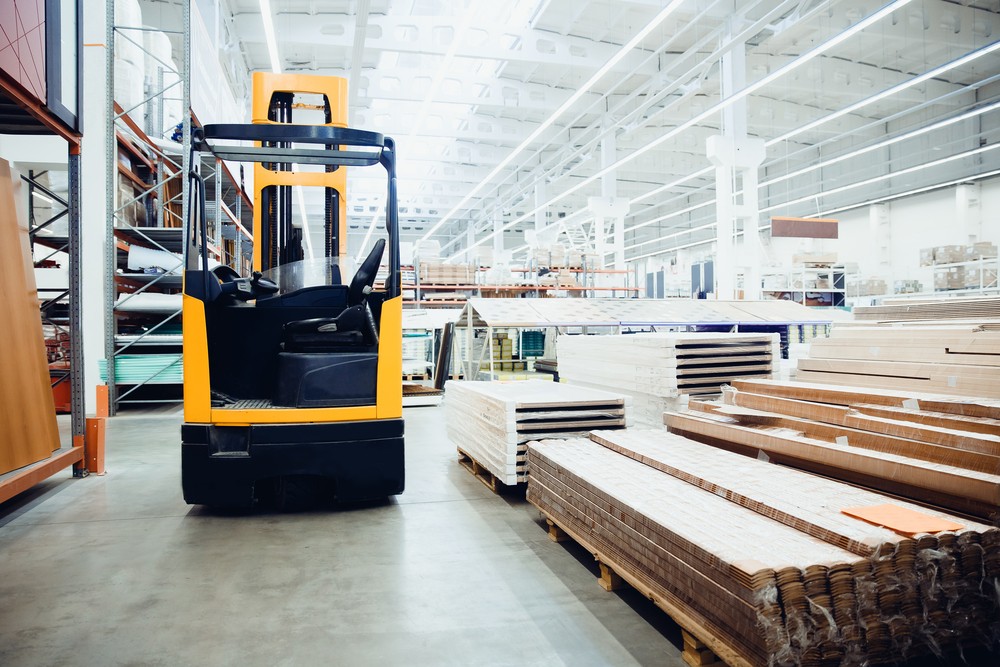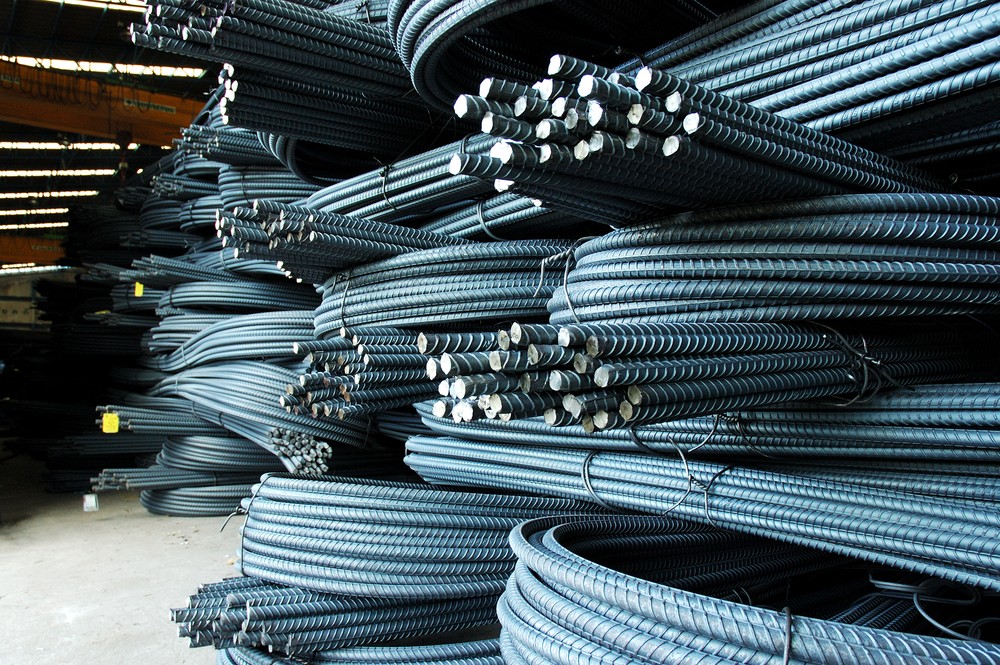Material Shortages in 2021: How Did We Get Here?

Halfway through 2021, the pandemic appears more and more distant in the rear-view mirror. But the road ahead is far from clear. Materials shortages and price spikes promise a bumpy path to economic recovery, and most every industry is already suffering. While these problems appear to have sprung up overnight in response to the pandemic, the truth is even more ominous. The economic challenges of today arise from a precarious system, and we’re just beginning to understand the extent of its preexisting instability.
The current state of material prices
Material prices have been rising for several years compounded by various factors: trade tariffs forcing import-export into imbalance, struggles with regular trade partners, and new agreements like the United States–Mexico–Canada Agreement (USMCA) with its new terms and treatises on trade. Together, these circumstances set the stage for an upward pricing trend. When the pandemic hit, global supply chains were pushed into disarray — lighting the fuse of an explosive price boom.
The current state of materials is a sorry one. A survey of nearly 1,500 building and manufacturing professionals by AGC of America shows the significant toll of rising prices and damaged supply chains: 52% of respondents say they’ve encountered a shortage of materials this year. And this figure is likely to rise as skyrocketing demand and lack of supply continue to push prices higher.

COVID-19 was the catalyst
The COVID-19 pandemic hit manufacturing particularly hard. The digital age of online collaboration and e-commerce allowed business to continue online which led to an increased demand for certain materials. While increased demand is normally considered a good sign, the pandemic simultaneously slowed or halted supply and production. Some manufacturers closed for weeks and/or operated at limited capacity for months. Now, those companies face enormous backlogs without the ability to acquire the necessary materials.
As manufacturers compete to gain access to supplies, prices continue to trend upward. It’s a classic case of supply and demand — heavily weighted toward demand — with fewer options for supply due to the lingering supply chain chaos.
Supply chains continue to hurt
Supply chains have a long way to go before they fully recover from the pandemic. Ordering continues despite the disruption — and only serves to increase the backlog. With inadequate domestic supply chains, the United States relies on global suppliers for materials, including everything from factory equipment to medical supplies.
Unfortunately, not every country has experienced an effective response to COVID-19 vaccination. Some are struggling to reopen and push their own economies back to full capacity. So, supply shortages linger. Case in point: the global semiconductor shortage stems from its concentrated production in East Asia which continues to lag behind demand.

Are we headed for inflation?
Economists fear materials shortages and supply chain disruptions will push us toward a period of inflation. As manufacturers pay more for supplies, they’ll either take a hit to their margins or charge consumers more. Either way, increased costs are creeping into foundational economies. Currently, the annualized inflation rate is above 5%, and it could go higher.
Businesses and consumers are wise to prepare for inflation. At a time when wage stagnation is more prevalent than ever, the price of goods may continue to go up — a situation that could lead to economic contraction or even depression. Inflation isn’t yet set in stone, and the Federal Reserve seems optimistic we can avoid it, but economists continue to consider it a real possibility.